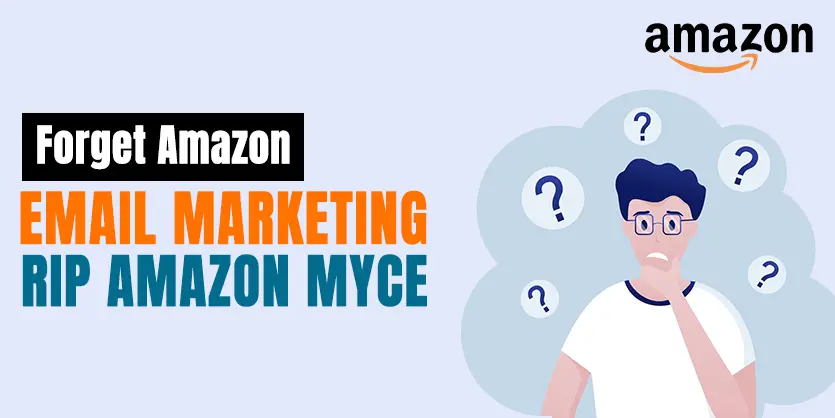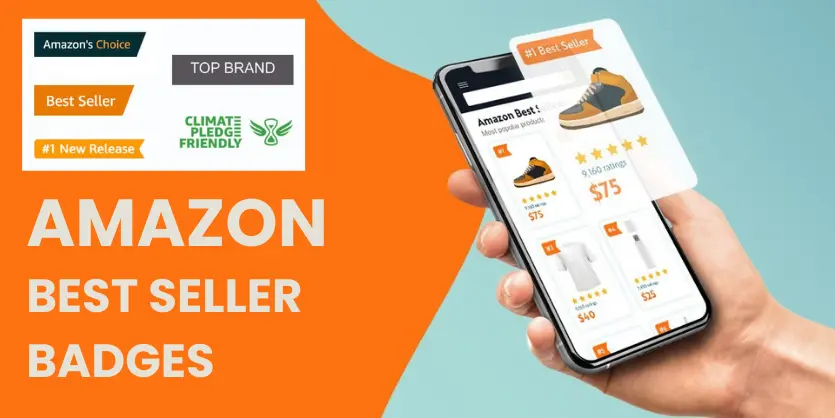In this article we will discuss what is FBA and how amazon fulfilled center works.
Simply, Amazon FBA stands for Fulfilled by Amazon – “You sell it, we ship it” in Amazon’s terms & conditions. Getting started with Fulfillment by Amazon’s (FBA) programs and services can help you grow your business and reach more customers. With Fulfilled by Amazon (FBA), You send your products to Amazon. They store them in their warehouses. When a customer orders one of your products from Amazon or other sources like other marketplaces such as Skubana, eBay, Walmart, etc. Amazon picks, packs, ships and tracks the order for you. They also handle returns and refunds on your behalf you.
Fulfillment by Amazon (FBA)
Fulfillment By Amazon (FBA) is a service provided by Amazon that provides storage, packaging, and shipping assistance to sellers. This takes the burden off of sellers and grants them more flexibility in their selling practices. The program allows sellers to ship their merchandise to an Amazon fulfillment center, where items are stored in warehouses until they are sold. When an order is placed, Amazon employees physically prepare, package, and ship the product(s).
An FBA business model can be particularly helpful for sellers hoping to rapidly grow a scaling Amazon startup and reach more customers. With FBA, your items are eligible for Amazon Prime free two-day shipping and all Amazon customers can get free shipping on eligible orders, therefore making your items more appealing to a large audience.
How to sell on Amazon FBA
Amazon FBA means Amazon Fulfilled-by-Amazon. In the Amazon FBA program, Amazon does all the hard work for you.
1. Send your products to Amazon:
First, you send Amazon your products and they store it in one or more of their million-acre fulfillment centers. Amazon has about 100 warehouses across the U.S., some of which are over a million square feet. The fulfillment centers are like massive warehouses run by robots and hardworking Amazon employees.
You tell them what products you’re sending, and they tell you which warehouses to ship your products to.
2. Amazon sorts and stores your products:
Once Amazon receives your products, they’ll sort and add them to their inventory. They are taken good care of. And if on the off-chance something is damaged in one of Amazon’s warehouses, Amazon will reimburse you the full retail price for the damaged good!
Your products are then stored safely in their warehouses.
3. A customer buys/purchases your product:
When a customer orders your product on Amazon, Amazon handles the transaction for you. The entire process is automated.
Amazon takes care of the entire transaction for you. They accept payment and update your inventory automatically.
4. Amazon picks up products:
Next, your product is picked from its place on the shelves, amazon’s warehouse workers or robots grab your product from storage, packed into a box, and shipped to the customer on your behalf.
Amazon takes responsibility for picking the product’s behalf you.
5. Amazon ships your product:
After picking the products, One of Amazon’s warehouse workers (or robots) ships it to the customer.
After your product arrives at the customer, Amazon follows up with the customer to make sure everything is okay with the order. And, if any need to be made, Amazon automatically takes care of that, too. They also handle any returns or questions from the customer. As for any feedback you receive on your product listing, it’s up to you to respond and take action.
Finally, you get paid. Every two weeks, Amazon totals up all your sales, deducts your seller fees and deposits your profits directly into your bank account.
Your Responsibility When Using Amazon FBA
Here’s what you’re responsible for:
1. Choosing which products to sell:
You can sell just about anything you like, but if you want to avoid storage fees, make sure you choose products that will sell quickly.
2. Keeping your inventory in stock:
You’ll need to check your inventory levels on Amazon regularly to make sure your products stay in stock.
3. Marketing and advertising your products:
If you’re selling highly-ranked brand name products, you may not have to do this.
But if you’re selling your custom products, you’ll need to make sure people can find them.
Cost to sell on Amazon FBA
Selling on Amazon FBA is very reasonable to get started with. If you’re selling products that you already own (like unwanted items around the house), you can virtually do it for free!
Amazon charges several kinds of fees to FBA members.
1. Standard Seller Fees: Amazon takes approximately 15-18% of the product price as a seller’s fee when an item is sold. It will be depending on the product how much your fees will. Amazon says they charge 15%, but there are some hidden costs such as refunds that are not fully charged back, which increases the overall charge to the seller.
2. Fulfillment Fees: These fees are per unit, vary depending on if the product is a standard size or oversized, and include picking and packing, shipping and handling, customer service, and product returns.
3. Inventory Storage Fees: Based on the calendar month and daily average volume, sellers are charged a monthly storage fee per cubic foot of inventory. These fees also vary by the product size tier. Long-term storage fees apply to units that have been stored in an Amazon fulfillment center for longer than 365 days and are in addition to any monthly inventory storage fees.
4. International Shipping: Amazon now offers Global Export, which allows sellers to send their inventory all over the world.
When to Choose FBA
FBA is better for:
- High-volume sellers
- Retailers prepared to drop the cost to the lowest possible profit point
Advantages to FBA
- FBA Sellers almost always get the Buy Box, which is the ideal situation for any product
- Amazon takes care of customer service and shipping
- Conversions are generally higher because people trust Amazon to take care of them
- They store the inventory for you and do the picking from their warehouses
- Retail operation open 24/7
- Much larger target audience
- Comparatively shallow learning curve thanks to a plethora of support materials available on the internet
- Super Saver and Amazon Prime Membership shipping benefits
- Simplified returns process
- More free time to grow the business
- Great for retailers selling large, heavy or low-priced items where packaging is labor-intensive and independent shipping costs may be prohibitive
We hope this article will help you to work with Amazon. If you need any further assistance, please let us know. We are always here to assist you.



